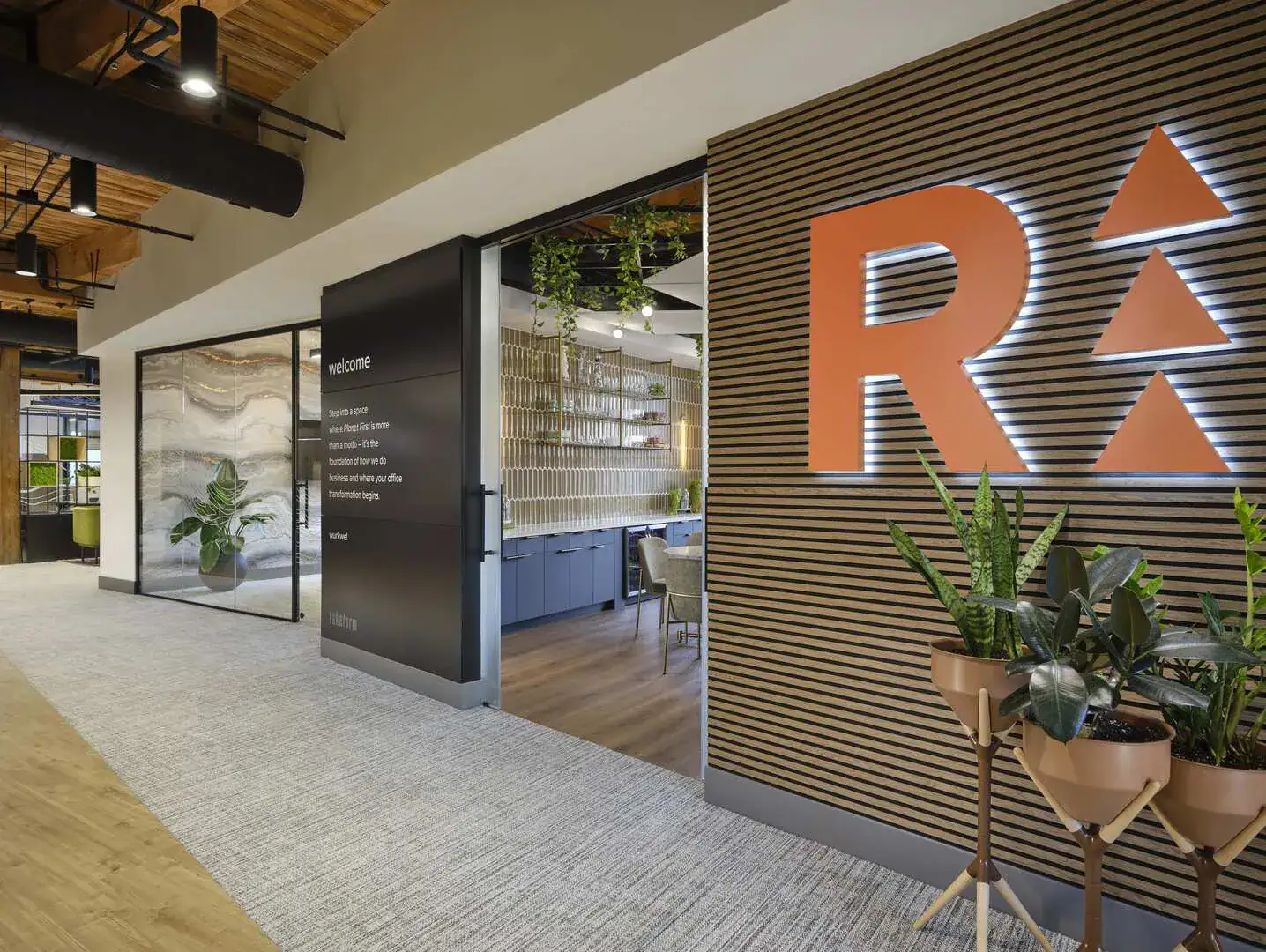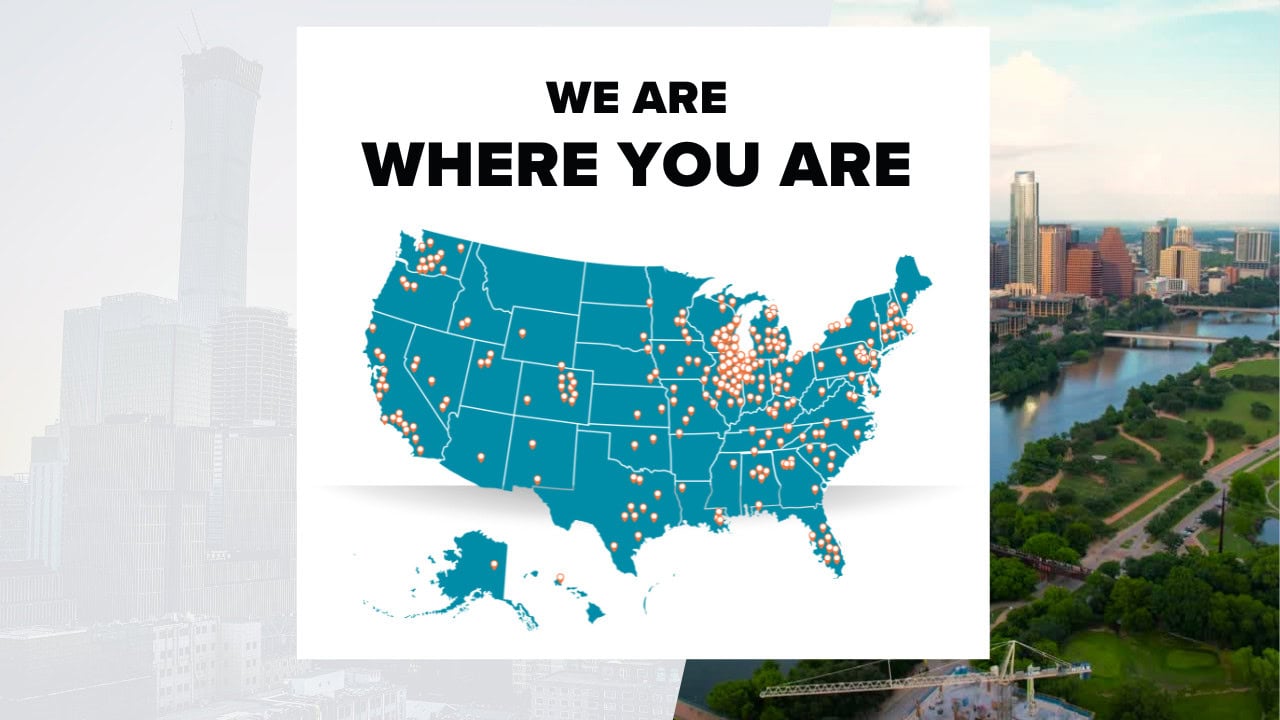Moving from one office to another is an opportunity for positive change, whether you are optimizing your location, expanding to meet staff demands, or scaling back to be more cost-efficient. An office transition requires detailed research and planning to run smoothly – and a strong start sets you up for successful results.
As you begin searching for a new office, it’s essential to define and prioritize your company’s requirements and limitations. Figure out exactly what your team needs, then look for a site that is the right fit.
Not sure how to get started? Rightsize recommends answering these initial questions for clarity and guidance.
1. What is our reason for moving?
This must be crystal clear before you go on your first site visit. Determine the main problems with your current location. Is it too cramped or the wrong layout for your team? Is the rent too high, or the location inconvenient for commuting employees? Envision a new office space that solves these problems. How large is it? Where is it located? What facilities and amenities are present? How is it different from what you have now?
2. Who is responsible for coordinating the move?
Resist the temptation to put a large committee in charge of the office transition. Input and buy-in from several stakeholders will likely be necessary at different stages of the move, but one person should have ownership of the entire project. Who is reliable and detail-oriented enough to manage it? Who can be accountable for planning and taking action on each step?
3. What is our overall budget?
A common moving challenge is underestimating just how much it will cost – leading to stress and budget headaches further along in the process. Figure in both the ongoing costs of the new space (rent, utilities, etc.), as well as the costs of the transition itself. It’s a worthwhile investment to partner with a firm like Rightsize that provides turnkey office transition services. We use our expertise to create significant savings for our clients, managing the move from space planning, to furniture delivery and installation.
4. What is the timeframe for the office transition?
The more time you allow for your move, the better. A time crunch often leads to rushed decisions and higher costs. Leave enough of a cushion in your timeline to accommodate delays or unforeseen problems.
5. Will we be expanding in the future?
It’s important to consider your current needs when choosing a new office – but don’t forget to think about where you’ll be in a few years’ time. Do you have plans for staff growth? Do you hope to bring on more clients, or expand your product or service offerings? It would be expensive and inconvenient to move again in six months – but you also don’t want to pay for a huge space you won’t need for another five years. Look for a site that you could grow into, but doesn’t break your budget.
Learn more about Rightsize’s turnkey facilities services.




